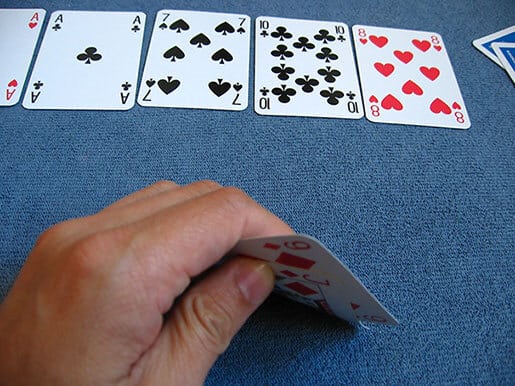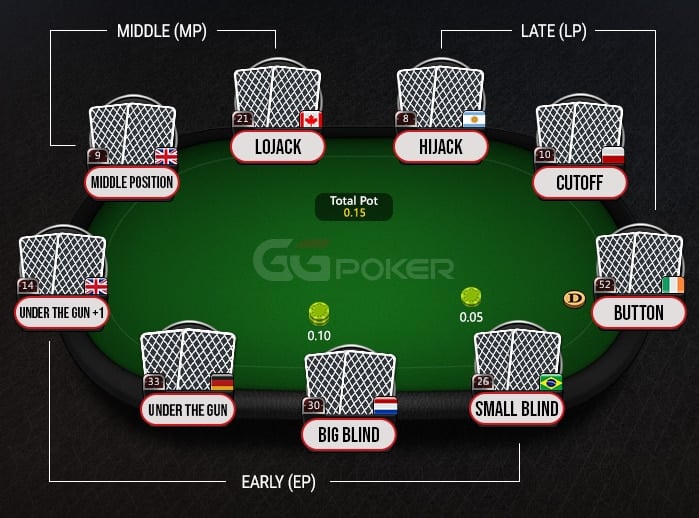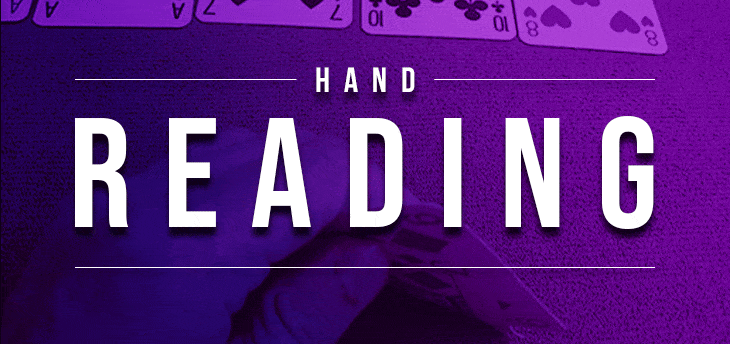Have you ever sat at a poker table, staring into the abyss of your opponent’s sunglasses, wondering, “What on earth are they holding?” Well, my friend, you’re not alone. But what if I told you that with a sprinkle of wit, a dash of observation, and a whole lot of practice, you could become as good as a detective as the great Sherlock Holmes in the poker world? Intrigued? Let’s dive into the captivating world of hand reading in poker.

Understanding the Basics: Ranges and Combinations
Before we delve deeper, let’s get our basics right. In poker, it’s not about pinpointing the exact hand your opponent has but rather understanding the selection of hands they could have. This is known as their ‘range‘. Within this range, there are various combinations of hands they could be holding. For instance, if you think your opponent might have a pair of kings, they could have King of Hearts with King of Diamonds, King of Spades with King of Clubs, and so on allowing for a variety of potential drawing hands. Getting a grasp on these combinations will give you a clearer picture of their possible hands.
Decoding Betting Patterns
Now, let’s talk about the juicy stuff – betting patterns. Ever noticed how some players always raise with strong hands, while others might just call? These patterns are gold mines for hand reading. For example, if a typically passive player suddenly starts betting aggressively, it’s a sign they likely have a strong hand. On the flip side, if an aggressive player suddenly goes quiet, they might be bluffing. It’s all about picking up on these patterns and using them to your advantage.
Mathematics in Hand Reading
Alright, brace yourselves, because we’re about to add a pinch of math to our poker recipe. Now, don’t groan just yet – we’re not talking rocket science here, but the basic principles of poker mathematics. Understanding pot odds and expected value is like having a secret decoder for your opponent’s bets. Let’s say the pot’s looking juicier than a ripe peach and you’re pondering whether to call. This is where math waltzes in. Calculating the pot odds – the ratio of the pot size to the size of the bet you must call – can be your guiding star. It’s like weighing the cost against the potential reward. And then, there’s expected value – a fancy term for what you expect to win or lose on average from a bet. Combine this with your Sherlock-level observations, and you’re not just guessing anymore; you’re making educated estimates about what’s hiding in those mysterious hands across the table. It’s like seeing the matrix of poker; suddenly, those chips aren’t just plastic circles, they’re bundles of calculated opportunity!
Observational Skills: The Key to Success
Remember Sherlock Holmes and his uncanny ability to notice the smallest details? That’s what you need to cultivate. Pay attention to everything – how a player reacts when they see their cards, how long they take to make a decision, their body language, how they put the chips into the pot. All these clues can give you insights into their hand. And the best part? Most players are oblivious to these giveaways. So, while they’re busy trying to keep a straight face, you’ll be busy decoding their hand by understanding the subtle changes in everything they do.
Positional Awareness: Know Your Place
Where you sit at the poker table can give you a significant advantage. Being in a ‘late’ position allows you to see how many players act before you, giving you more information to work with. If most players fold and one raises, you can narrow down their hand range considerably. On the other hand, if you’re in an ‘early’ position, you’ll have less information, making hand reading a tad more challenging. So, always be aware of your position and use it to your advantage.

Practice Makes Perfect
Like any skill, hand reading requires practice. Start by playing with friends and trying to predict their hands. As you get better, challenge yourself by playing against more experienced players. Remember, when you are learning, there are no mistakes, just learning opportunities. You will always learn more from your mistakes. So, don’t get disheartened if you get it wrong. Instead, analyze your mistakes, learn from them, and come back stronger.
Conclusion
Hand reading in poker is both an art and a science. It requires sharp observational skills, a keen understanding of human psychology, and a whole lot of practice. But once you master it, you’ll be unstoppable at the poker table. So, are you ready to become the next poker Sherlock?

